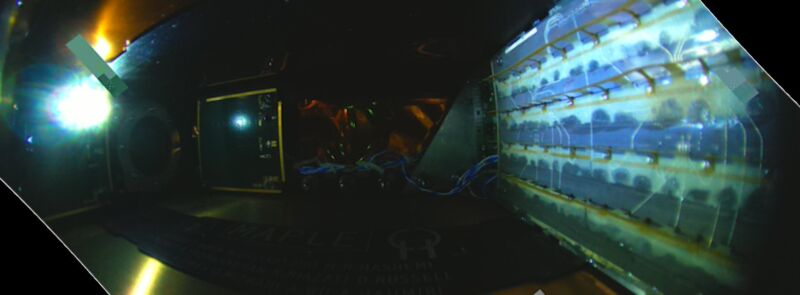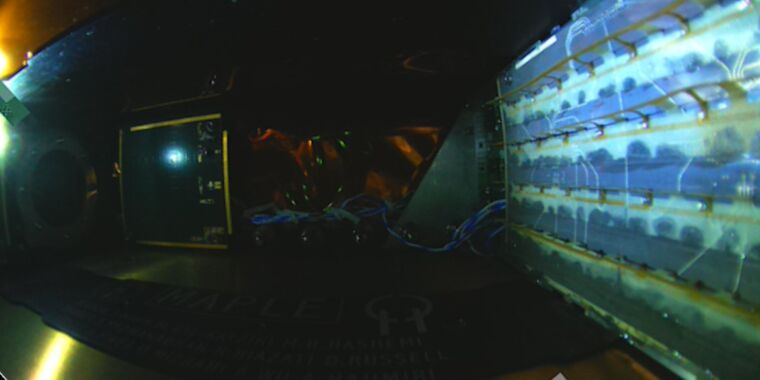
SSPP
In terms of legislative moments, the passage of a minor amendment to an innocuous resolution passed by the US House on Wednesday was hardly groundbreaking. But for space exploration enthusiasts, U.S. Representative Kevin Mullin, D-Calif.’s amendment was quite a big deal.
That’s because, for the first time since the 1970s, the idea of space-based solar power has been passed into law by the US Congress.
“While the technology to collect solar energy in space and send it to the surface as electricity is not yet commercially viable at scale, we already know from early research that it is possible,” Mullin said at a meeting of the Science, Space, and Technology Committee on Wednesday.
Mullin sought to amend House Resolution 2988, a bill directing NASA and the U.S. Department of Energy to collaborate in key areas of research and development, including propulsion, artificial intelligence, astrophysics, earth sciences and quantum computing. He tried to add space-based solar power to the list. The amendment passed overwhelmingly by a bipartisan committee vote.
In his remarks, Mullin noted that Europe, Japan, China and the United Kingdom are all studying the technology and considering demonstrations in space. And in the United States, the California Institute of Technology recently demonstrated the ability to transmit wireless power into space and beam detectable power back to Earth.
“Much of the technology that once made this energy source the work of science fiction is now much cheaper and easier to implement than ever before, putting it within reach,” Mullin said. “But it’s not inevitable that this promising research will become feasible at scale. There are still scientific and technical hurdles to overcome. And if the United States doesn’t do it, we know our friends and global competitors will. “
Send a message
The legislation, to which Mullin’s amendment has now been added, is due for a vote in committee on Thursday. If passed, as expected, it will likely become part of a home authorization bill later this year.
The House resolution doesn’t include funding for these initiatives, and it’s not like NASA and the Department of Energy will drop everything tomorrow and start working on solar energy in space. But the resolution signals Congress’ intent to NASA and the Department of Energy that it is interested in any movement on the subject. This could be a harbinger of possible funding.
Before the amendment was passed, it was supported by several space advocacy groups, including the Alliance for Space Development, Space Frontier Foundation, and National Space Society. “This is the first time since the 1970s that the idea of solar energy in space has been legislated,” said Jonathan Dagle, policy manager for the National Space Society. He characterized the amendment as “a small but significant victory”.
NASA could use a little prodding on the subject. Last year, at the International Space Development Conference, a NASA official said the agency had begun a short-term study to evaluate the prospects of solar power in space. This was the agency’s first real look at the subject in about two decades. That study was not made public, however, because there apparently were some policy concerns about the first draft. The revised study can finally be released late June or July.
Part of the renewed interest in solar power from space is due to the expansion of launch capabilities, particularly the potential of SpaceX’s Starship launch vehicle to deliver large payloads into orbit with a reusable first and second stage . This dramatic improvement in launch costs and uplift mass could help address some of the economic issues with the technology, namely that it is often more efficient to put solar panels in the desert than in space.

